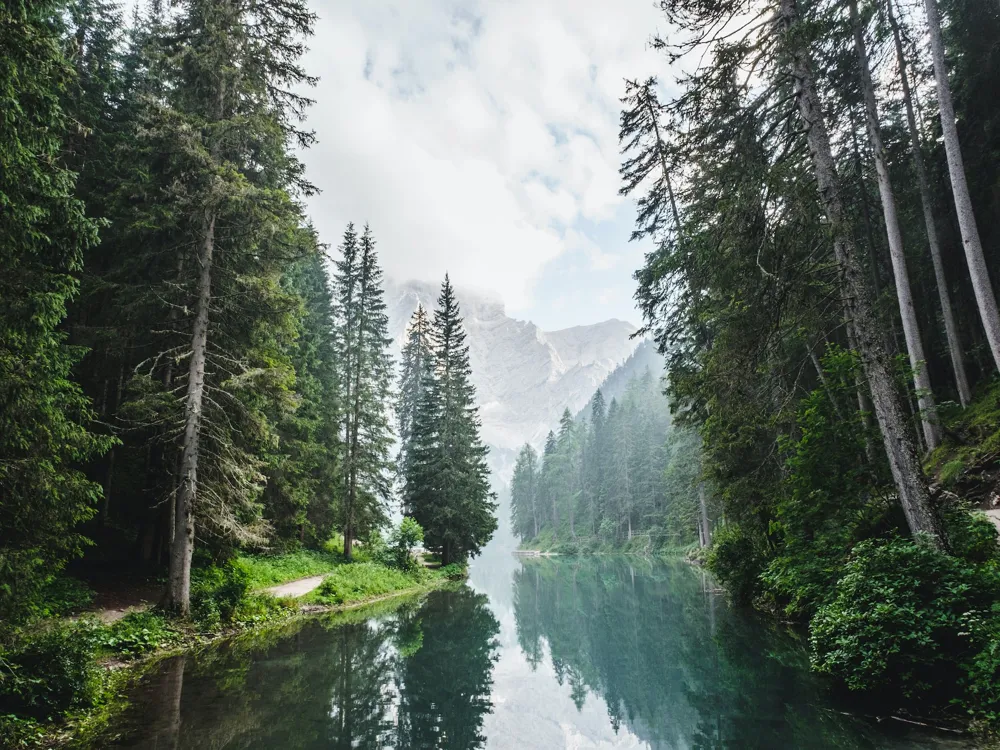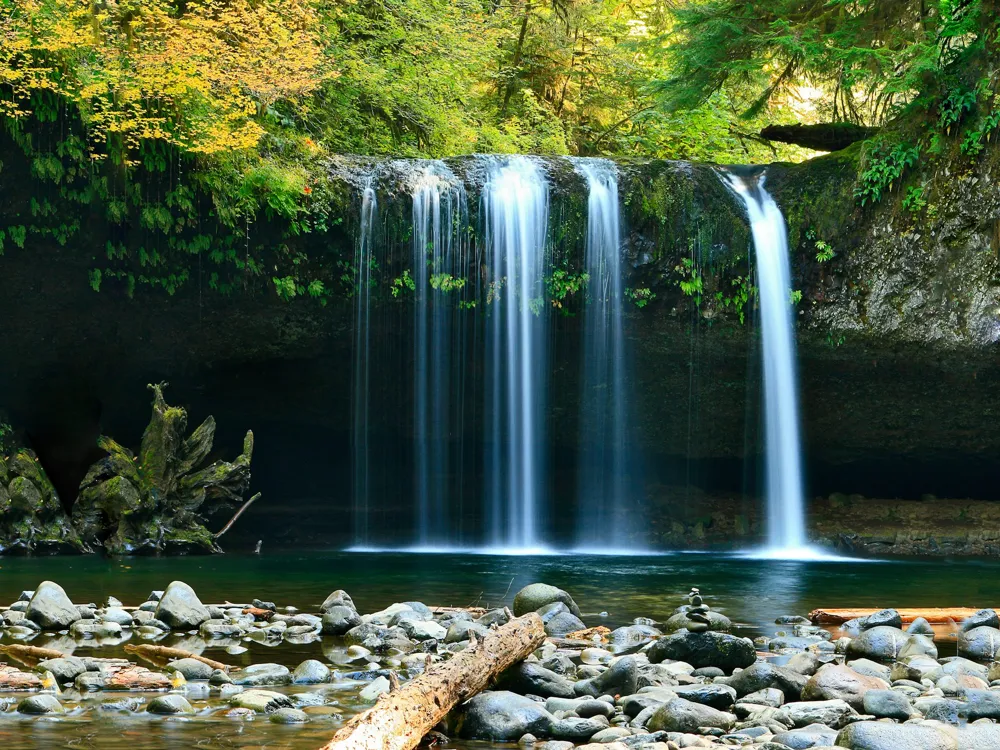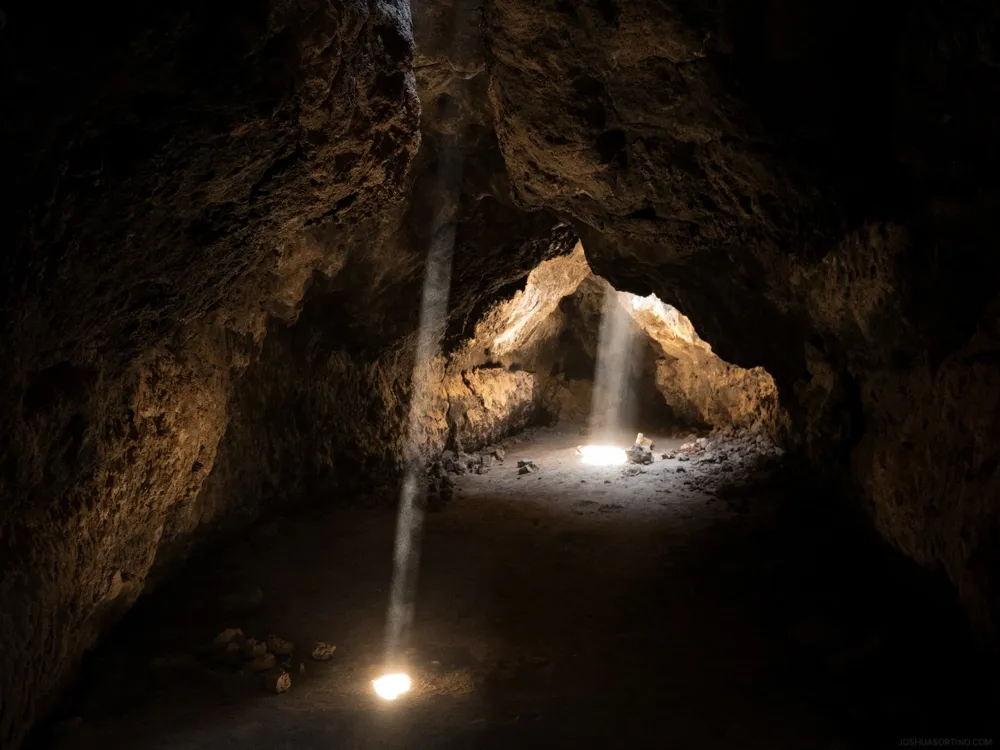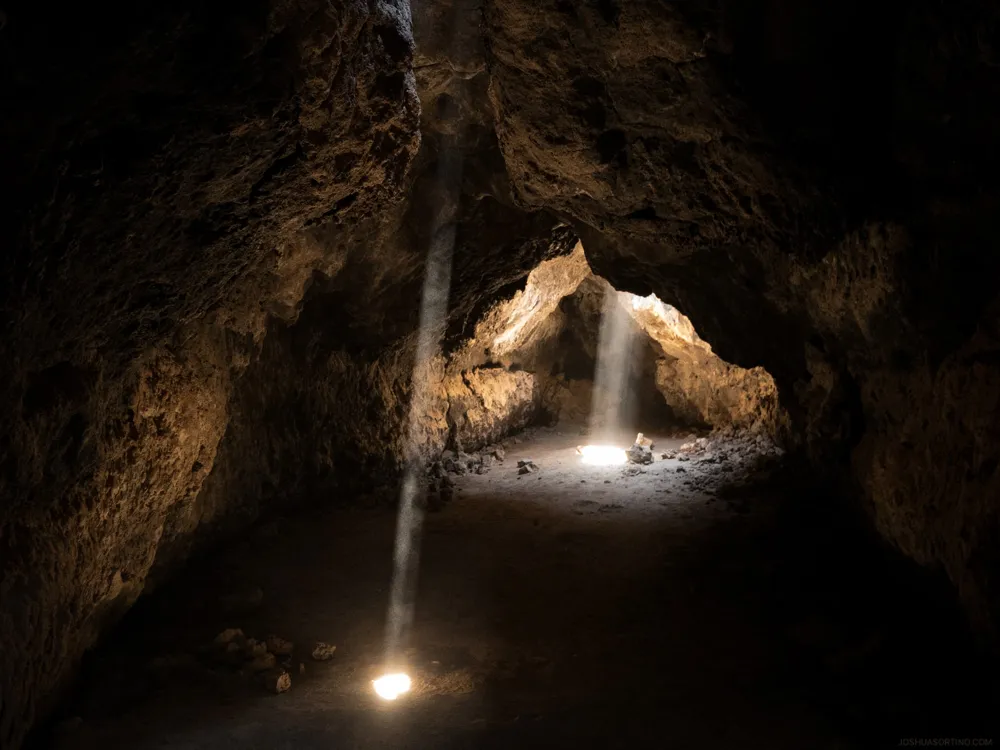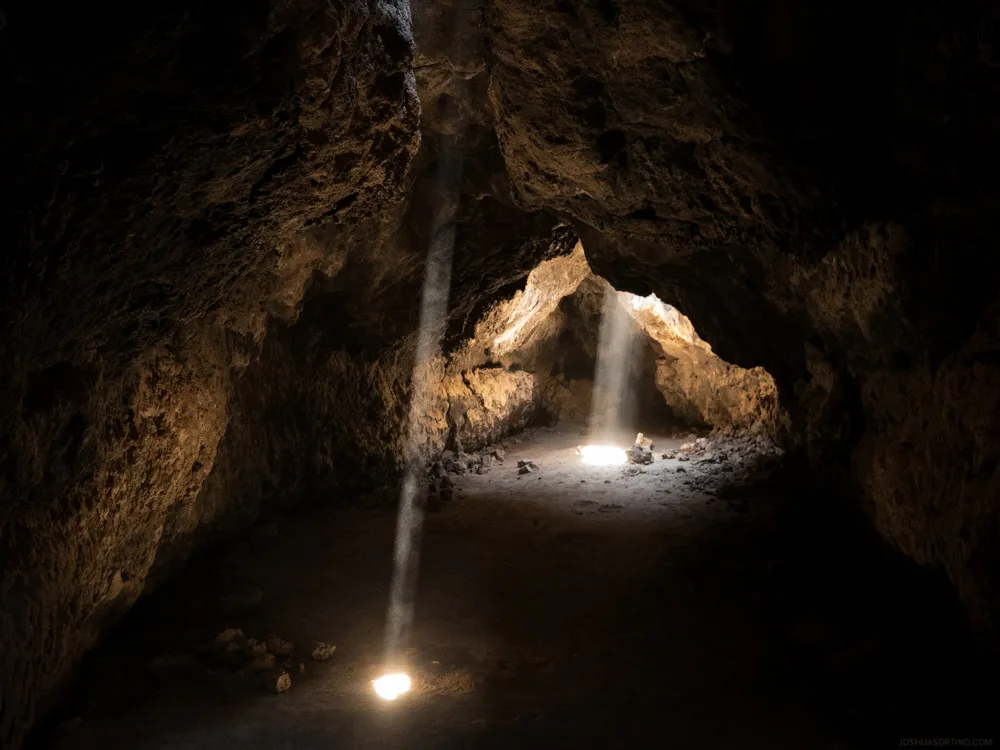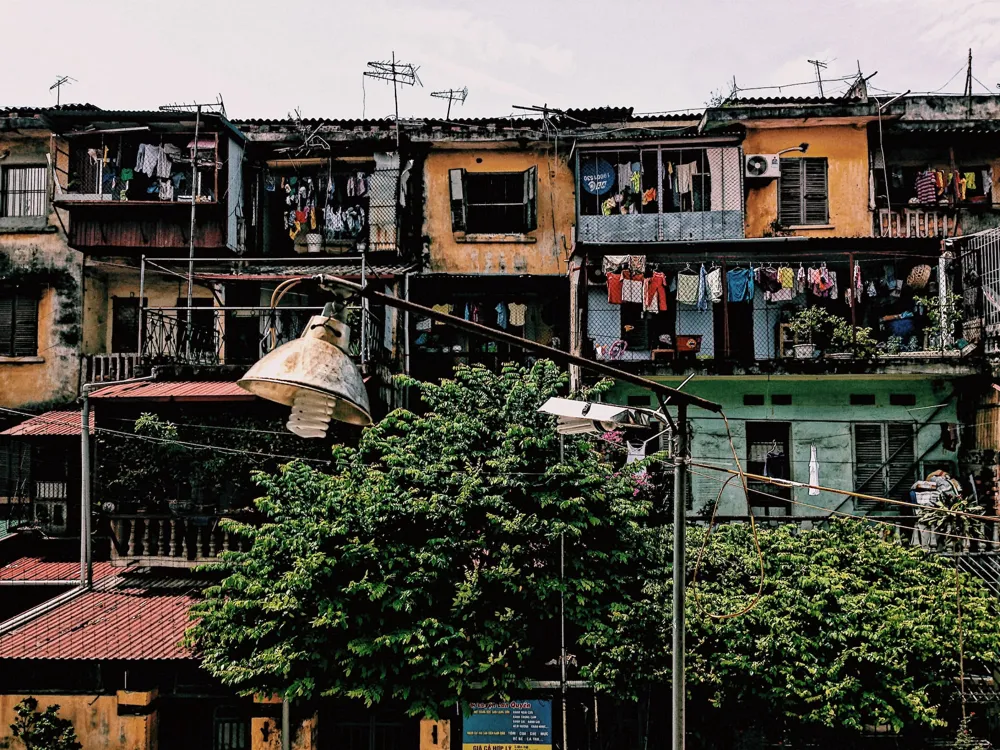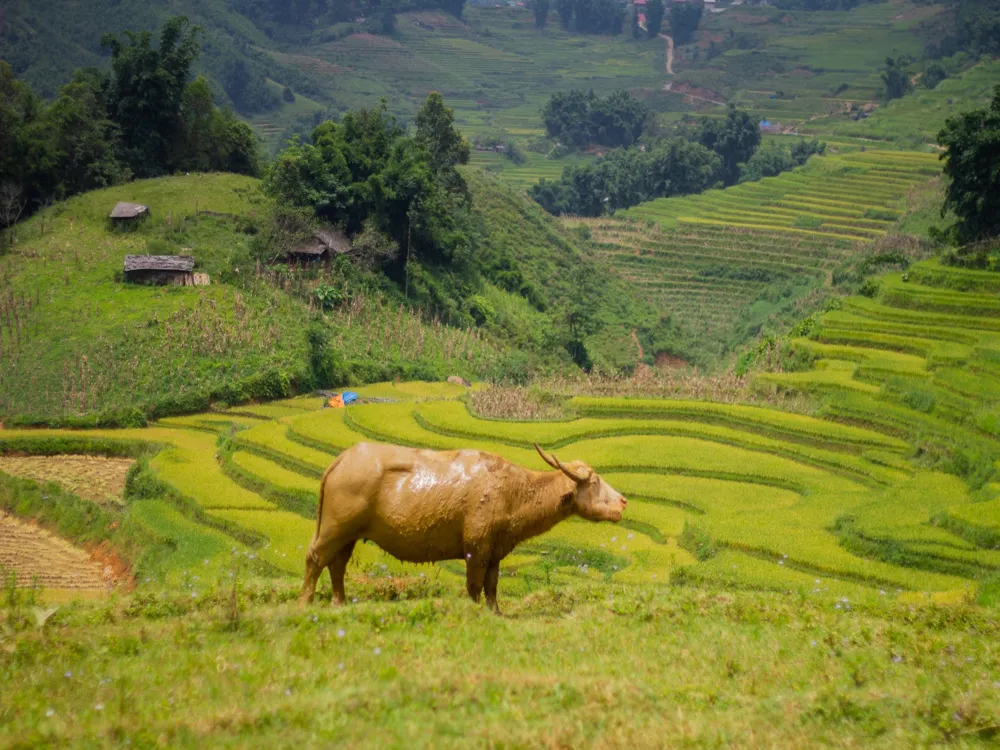Nestled in the heart of Ba Be National Park, the Dau Dang Waterfall is a magnificent natural spectacle, drawing visitors from around the globe. This stunning waterfall, with its cascading waters and serene surroundings, is a testament to the unspoiled beauty of nature. In this extensive overview, we delve into the unique characteristics that make Dau Dang Waterfall a must-visit destination for nature lovers and adventure seekers alike. The waterfall is part of a complex river system in the Ba Be National Park, which has been recognized as a UNESCO World Heritage site. It's not just the waterfall that captivates the visitors, but also the rich biodiversity surrounding it. The park is home to a variety of flora and fauna, some of which are rare and endangered. The sound of the waterfall, combined with the lush greenery and wildlife, creates a harmonious and tranquil environment, perfect for those looking to escape the hustle and bustle of city life. The Dau Dang Waterfall is not just a natural wonder but also an architectural marvel in its own right. The term 'architecture' here refers to the natural formation and structuring of the waterfall and its surroundings. This section explores the geological and hydrological aspects that contribute to the waterfall's unique architecture. Formed over millions of years, the Dau Dang Waterfall is a result of geological shifts and the relentless work of the Nang River. The water cascades over multiple tiers of rock formations, each layer telling a story of the Earth's past. The rocks around the waterfall are predominantly limestone, contributing to the formation of several small and large pools at the base of the falls. The ideal time to visit Dau Dang Waterfall is during the dry season, from October to April. During this period, the weather is more stable, and the water flow is moderate, which is perfect for sightseeing and photography. Visitors should bring essentials such as water, snacks, a first-aid kit, and insect repellent. Don't forget to wear comfortable walking shoes and bring a raincoat or umbrella, as weather conditions can change rapidly. It is crucial to maintain the integrity of the natural environment. Visitors are advised to stick to designated paths, avoid littering, and not disturb the wildlife. For photography enthusiasts, early morning or late afternoon are the best times to capture the waterfall's beauty. The soft lighting during these hours enhances the natural colors and textures. Dau Dang Waterfall is accessible by several means of transportation. Visitors can opt for a scenic drive or a bus ride from Hanoi, which takes approximately 4-5 hours. Upon reaching Ba Be National Park, a short hike or a boat ride will lead you to the waterfall. The journey itself is an integral part of the experience, offering breathtaking views of the Vietnamese countryside. Read More: Best Time to Visit Ba Be National ParkOverview of Dau Dang Waterfall in Ba Be National Park
Architecture of Dau Dang Waterfall
Tips When Visiting Dau Dang Waterfall
Best Time to Visit
What to Bring
Respecting the Environment
Photography Tips
How To Reach Dau Dang Waterfall
Dau Dang Waterfall
Ba Be National Park
NaN onwards
View ba-be-national-park Packages
Weather :
Tags : Waterfall
Timings : Sunrise - Sunset
Time Required : 1-2 hours
Entry Fee : Tours: VND 1,113,574 - VND 12,022,054
Planning a Trip? Ask Your Question
Ba-be-national-park Travel Packages
View All Packages For Ba-be-national-park
Top Hotel Collections for Ba-be-national-park

Private Pool

Luxury Hotels

5-Star Hotels

Pet Friendly
Top Hotels Near Ba-be-national-park
Other Top Ranking Places In Ba-be-national-park
View All Places To Visit In ba-be-national-park
View ba-be-national-park Packages
Weather :
Tags : Waterfall
Timings : Sunrise - Sunset
Time Required : 1-2 hours
Entry Fee : Tours: VND 1,113,574 - VND 12,022,054
Planning a Trip? Ask Your Question
Ba-be-national-park Travel Packages
View All Packages For Ba-be-national-park
Top Hotel Collections for Ba-be-national-park

Private Pool

Luxury Hotels

5-Star Hotels

Pet Friendly







